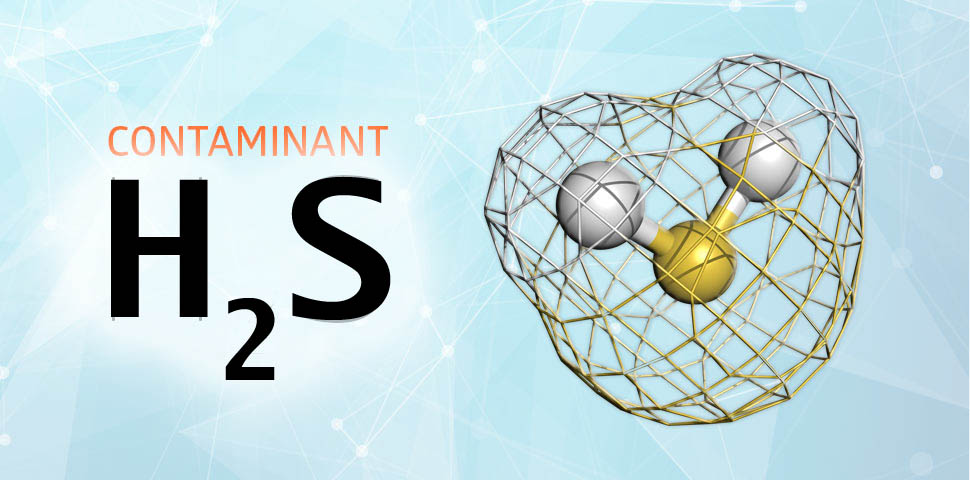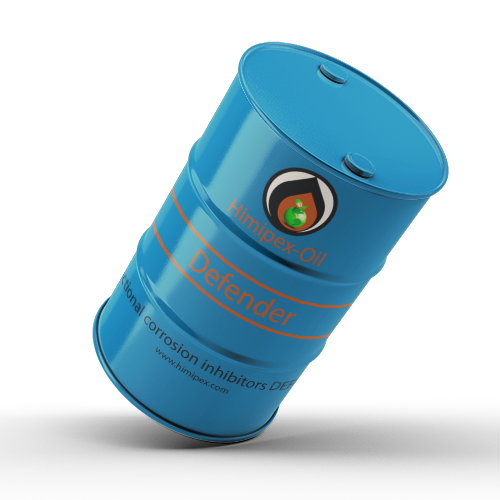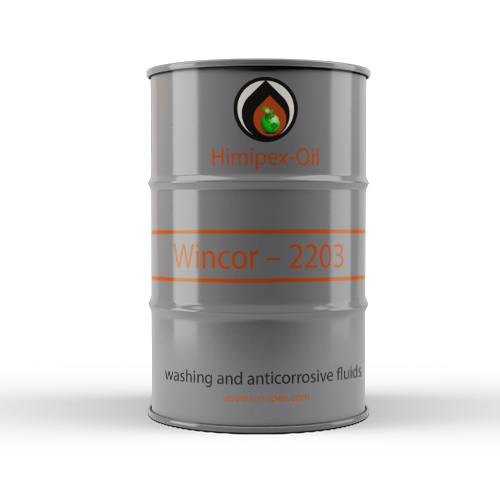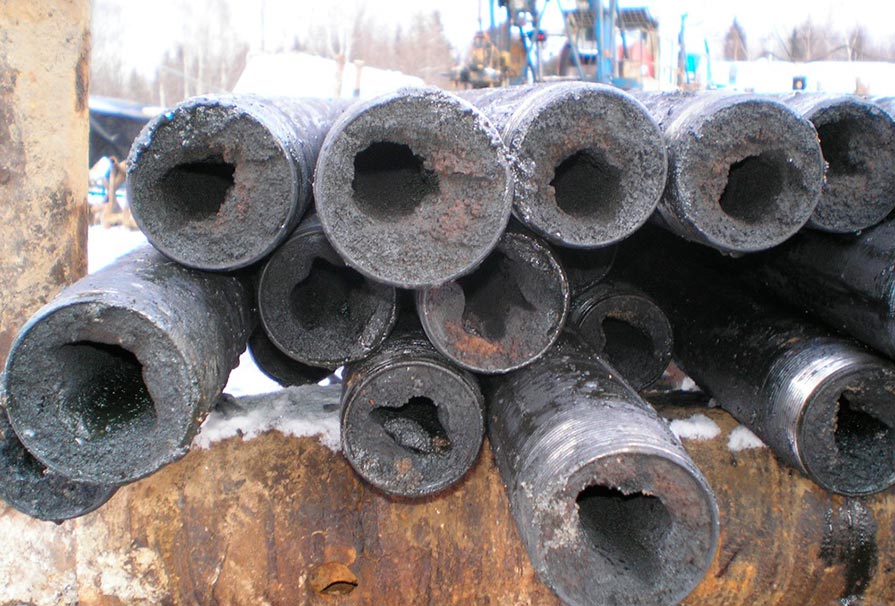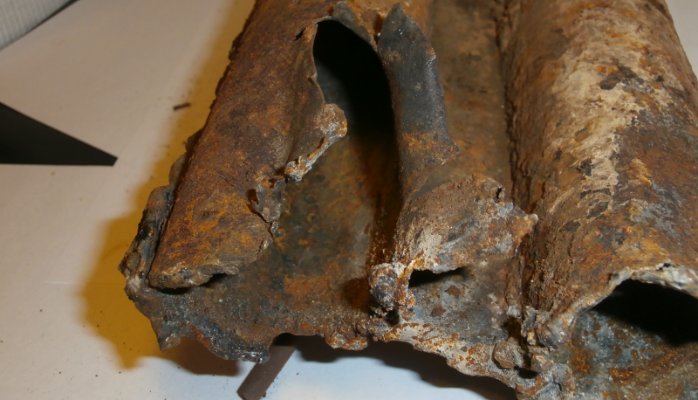Application technologies and injection points non-regenerative H2S scavengers in the production and preparation system for oil and gas
Application technologies and injection points non-regenerative H2S scavengers in the production and preparation system for oil and gas depend on the individual characteristics of the object where they apply. Optimal doses of scavengers depend on the amount of H2S, which is in the fluids to be purified, but usually at least 5 ÷ 8 ppm of a reagent per 1 ppm of H2S.
The brands' range of non-regenerative H2S scavengers, which could be found in today's market is wide enough. But, despite the apparent diversity, an active part of the majority of them are balanced compositions of derived light amines, ethanol amines, alcohols, glycols and aldehydes.
World experience shows that the usage of effective non-regenerative H2S scavengers can significantly reduce the hydrogen sulphide amount in the produced fluids as well as in marketable products of oil and gas companies, which allows companies to solve economic, environmental and social issues with minimum material and financial costs.

